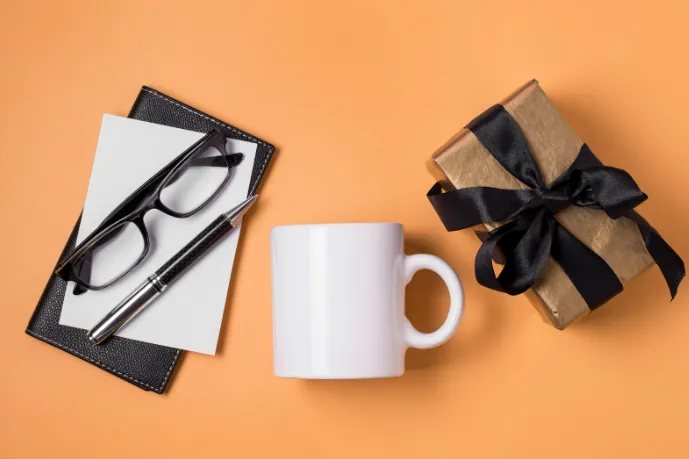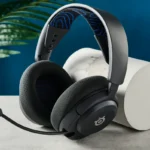Advertising is expensive and easy to ignore. Social feeds are crowded, inboxes overflow, and audiences skip anything that feels like a pitch. Custom merchandise offers a quieter alternative. When chosen carefully, branded products act like a silent sales team—moving through offices, cafés, and city streets while sharing your name and message every single day.
Why Merchandise Works
For Businesses
- Everyday presence – A well-made mug or notebook stays on a client’s desk for months, creating countless natural impressions.
- Trusted endorsement – When someone uses your item in public, their action carries more credibility than an ad.
- Casual conversation starter – A clever design or quality piece invites questions that can lead to referrals.
For Consumer Brands
- Lifestyle visibility – Custom printed socks, totes, and reusable bottles travel into homes, gyms, and shops long after a campaign ends.
- Community feel – Limited designs or seasonal collections create excitement and a sense of belonging.
- Storytelling power – Colours, materials, and packaging reflect brand values—eco-friendly, premium, or playful—every time the product is seen.
For Event Organisers
- Lasting memory – Guests leave with a tangible reminder of the day, keeping the event at the forefront of their minds for months.
- Future attendance – Wearable merch acts as a year-round invitation to next year’s gathering.
- Sponsor value – Products that feature partner logos offer additional exposure and enhance sponsorship relationships.
What Makes Merchandise a “Silent Sales Team”
Custom merchandise is effective because it continues to generate sales long after the event or campaign is over. A well-made hoodie or reusable bottle can circulate for years, generating impressions with no extra budget. Each time it appears in a meeting, on a bus seat, or in a café, it quietly shares your story—carried by a person your audience already trusts.
Essentials for Effective Merch
Not all giveaways have the same impact.
To create products that truly spread your name, focus on:
- Utility – Choose items that people actually use in their daily lives, such as insulated bottles, sturdy bags, classic apparel, or practical accessories.
- Design appeal – Treat merchandise like lifestyle gear, not just advertising. Subtle logos and attractive colours encourage frequent use.
- Connection to your mission – Match the product to what you stand for. For example, wellness brands should opt for organic cotton shirts.
Encourage Sharing
A well-chosen item can travel far beyond its first recipient if you make sharing easy:
- Add a memorable slogan or event date that sparks curiosity.
- Provide a simple hashtag on a tag or sleeve so attendees can share photos.
- Host a post-event photo challenge or highlight supporter photos in newsletters and social posts.
Each shared image extends your reach without any additional spend.
Quick Dos and Don’ts
Do
- Select timeless designs that remain useful and relevant beyond a single season.
- Personalise when possible (event dates, volunteer roles, or small name tags).
- Consider local suppliers to reduce shipping costs and support community businesses.
Don’t
- Over-brand with large logos that make the item feel like a walking advertisement.
- Skimp on quality—cheap products are rarely used and can harm brand perception.
- Leave distribution to chance; plan how each item will reach its audience.
Final Word
Custom merchandise doesn’t speak, but it tells a story wherever it goes. By selecting useful, well-designed products and placing them in the hands of people who care about your business, brand, or event, you create a marketing channel that works on its own—day after day, year after year. It’s a simple, human way to keep your name alive long after the campaign ends.



